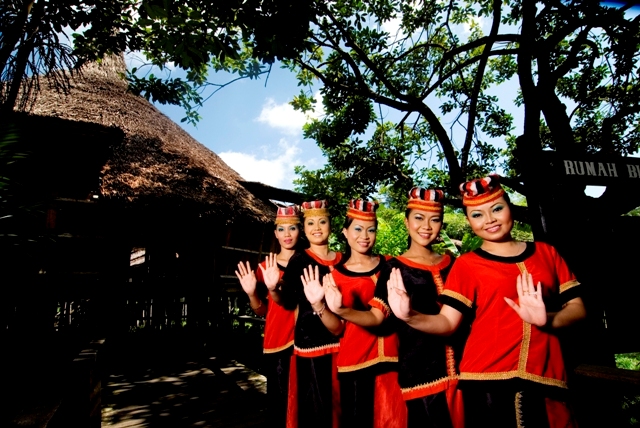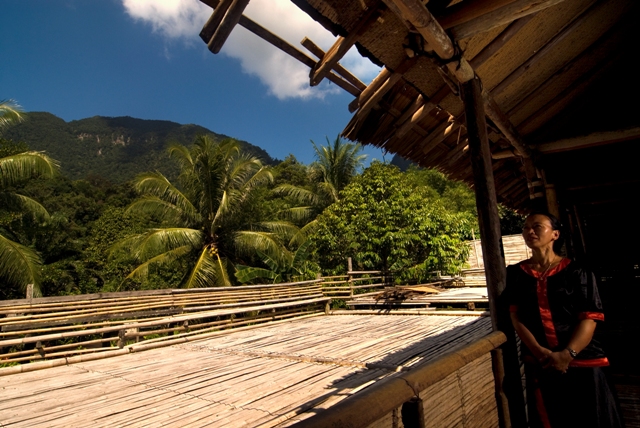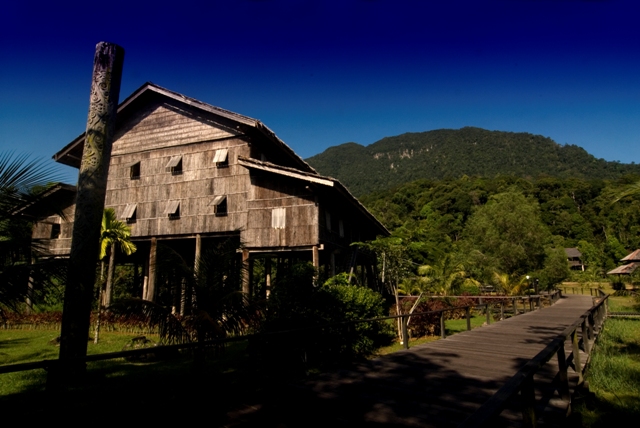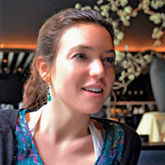
One of the most iconic structures in Borneo is the longhouse, a traditional wooden building that continues to serve as a home for many ethnic communities. Sarah Rees finds out about the ins and outs of living in the longhouse.
Communal living has always been a cornerstone of village life, and whether communities live in Western Scotland or Southeast Asia, a small and tight knit group of dwellers often opt to live in proximity to one another, enjoying the kinship and security of closeness, yet still maintaining some privacy.
The Borneo Longhouses, reconstructions of which are staples of the cultural centres and museums of Sabah and Sarawak, are an important part of community life for many of the ethnic people that live in Borneo. They are also a point of intrigue for many of the foreigners who passed and continue to pass through Borneo, not least because it sees dozens of families living under a single roof.
Getting To Grips With The Longhouse
Longhouses are, as the name would suggest, long buildings that serve as homes for a large number of different families, and hundreds of people can live within a single one of these sizeable structures.
Despite the fascination with and the importance of the longhouses to Borneo, it is not entirely understood why certain people decided to build a single structure for many families rather than living in individual buildings. One theory suggests that, as Borneo historically was on a key trading route and various jungle products were extracted and transported, these villages could face threats. Fewer, large and strong structures were better equipped to handle an attack if it came. Longhouses were also a more economical way of living, and strengthened the community that inhabited them.
Whatever the reason for their creation, longhouses have become an integral part of the cultural identity of many tribes and ethnicities in Borneo, and the practise of erecting these lengthy homes show no signs of dying out. In Sarawak alone there are more than 4,500 longhouses and, despite longhouses becoming something of a touristic gold star, prized by the tourism board and fascinating foreigners, the people of Borneo continue to build them out of choice, tradition, and comfort.
Floor Plan

Longhouses are distinctive to the indigenous group who inhabit them, but the basic design rarely changes: a long wooden structure with a communal area, a corridor, and numerous personal dwellings that provides living and meeting places for up to 200 people in a village. These structures are built on stilts – the height of which varies – to avoid flooding during the monsoon season and to provide an area to keep cattle or to work on traditional crafts away from the heat of the sun.
The longhouse is divided lengthways into two main areas – a communal corridor and a series of private living spaces (biliks), the latter of which are accessed by a door and subsequently compartmentalised into sleeping and cooking places for the family who dwells within.
The communal corridor is divided into three sections, with the space directly in front of the door belonging to the family who lives beyond it, offering them space to sit or carry out work. This area is known as the tempuan.
The outer wall of the corridor provides an area for guests to sleep – this is the pantai – while a long verandah, or tanju, serves as a meeting place or an area for inhabitants to work in the light of the sun.
The kitchen, or dapor, may be situated within the bilik, or could be in a separate structure accessed via the back of the bilik. This is sometimes done to prevent risk of fire and helps prevent the interiors getting smoky or pesky creepy crawlies overrunning the living quarters.
Depending on the community and their traditions, longhouses may have separate dwellings for the unmarried children or for guests, while some often have an attic space that runs the length of the structure to be used for storage.
On The Tourist Trail
Not only are the varieties of design and style of the longhouses interesting, they can also be quite spectacular to see. Some are ornate,decorated with colourful curtains and splashes of life, while others are more extraordinary in their strength despite consisting of nothing more than naturalproducts. For those who have grown up amid concrete buildings and roads, these wooden structures are intriguing, and life within them hard to imagine.
A great place to see longhouses and observe the differences in style is at one of the many cultural centres in Borneo. One of the largest and most impressive cultural centres is that in Kuching, where many longhouses are built and decked out with traditional touches and often contain staff of those particular ethnic tribes dressed up in traditional outfits and practising crafts.
An even better way to experience life in a longhouse is to visit a village that still uses these structures as their dwellings.There are many communities still living traditional lives in parts of Borneo, and many villages welcome tourists and visitors as a means of creating income for themselves. Tourist can easily get on day trips to these villages, or even book an overnight stay to experience activities with the villagers and enjoy a home cooked meal before spending the night amid the hum of insects and the creak of wood.
It is easy to forget, when one passes through the modern maze of condominiums in Kuala Lumpur, that parts of Malaysia operate in a completely different way, adhering to traditional practices that far outdate the shiny malls and the soaring skyscrapers of modern Malaysia. Longhouses are not only interesting examples of architectural heritage, they are also a reminder of the diversity of Malaysia and its people.
———————————————————————————————————
Every Arrival A Surprise…

“In the 19th and 20th centuries, no one travelled along the fast flowing rivers that snake toward the mountainous centre of Borneo without remarking on the stupendous buildings that were to be found along their banks.
They were massive structures, accommodating hundreds of residents under one high-pitched roof, their floors raised well above ground level on sturdy pilings, their roomy interiors shady and inviting after the tropical brightness outside.
To travel at all in the region was to travel between longhouses, and every arrival was a surprise. After hours of seeing nothing along the riverbanks but mangroves and palms and behind them the great trees of the rainforest, the first indication was a clump of canoes drawn up around an impromptu dock made of floating logs. On the bank above was a screen of fruit trees, and behind that the looming bulk of the longhouse. From apparently empty forest, the visitor was abruptly immersed in the social density of a city.”
Extract from The Life of The Longhouse: An Archaeology of Ethnicity by Peter Metcalf, published by Cambridge University Press.
———————————————————————————————————
Source: Senses of Malaysia May-Jun 2013
What are your thoughts on this article? Let us know by commenting below.No registration needed.
"ExpatGo welcomes and encourages comments, input, and divergent opinions. However, we kindly request that you use suitable language in your comments, and refrain from any sort of personal attack, hate speech, or disparaging rhetoric. Comments not in line with this are subject to removal from the site. "




















